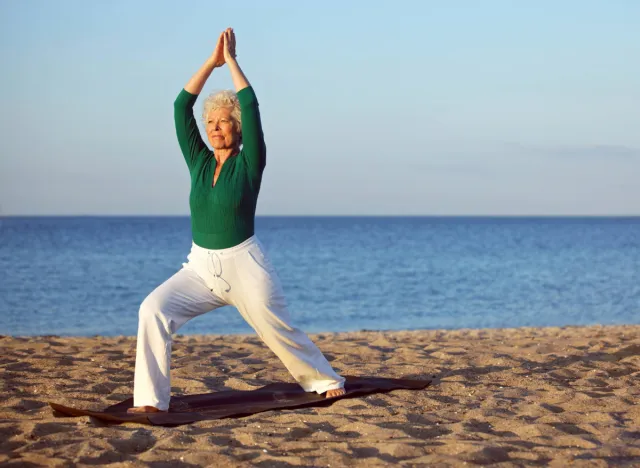Aging means sticking with healthy habits that ensure your body stays active, strong, flexible, and mobile. That’s because growing older brings on many changes to your body, such as wrinkles, age spots, and gray hair. In addition to physical appearance, research shows that your body loses muscle mass and bone density, and joint stiffness can increase. This is something to be mindful of regularly. To help you optimize your daily routine, we spoke with Ronny Garcia, CPT, Blink Fitness, who shares seven daily habits that destroy your flexibility as you age.
“Flexible muscles and joints are less prone to strains, sprains, and other injuries,” Garcia tells us. That’s why actively trying to stay flexible is key. “Good flexibility supports proper alignment of your body and enhances your range of motion,” Garcia adds. “Both allow you to move more freely and perform daily activities easily.”
Keep reading to learn all about the seven daily habits that destroy your flexibility as you age. And when you’re finished, don’t miss 6 Best Pilates Exercises to Improve Your Balance & Coordination.
You’re not moving your body in the morning.
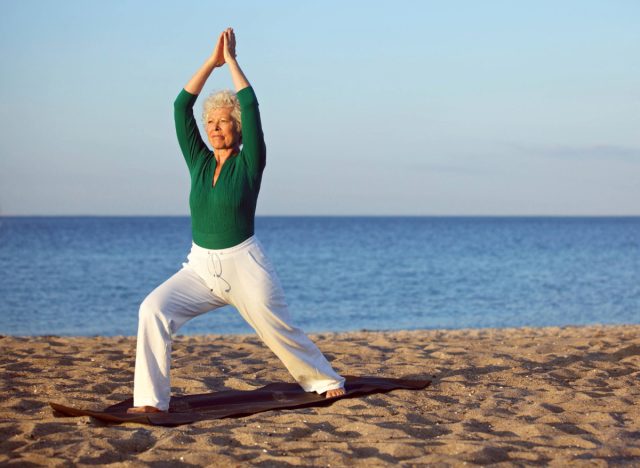
Kickstarting your morning with some healthy movement can set the tone for your entire day. Something as simple as heading outdoors for a brisk walk around your neighborhood or engaging in a light yoga flow will stretch out and warm up your body in minimal time. It’s an excellent habit to get into.
You’re sedentary.

Being sedentary or assuming a “couch potato” lifestyle is one of the worst things you can do for your flexibility and overall health. When you sit for a good portion of the day, you’ll experience muscle tightness and overall decreased flexibility, explains Garcia. In addition, research shows that sitting too much could lead to weight gain, chronic inflammation, and even certain cancers.
Make it your mission to get up and take movement breaks every so often!
You don’t have a go-to stretch routine.
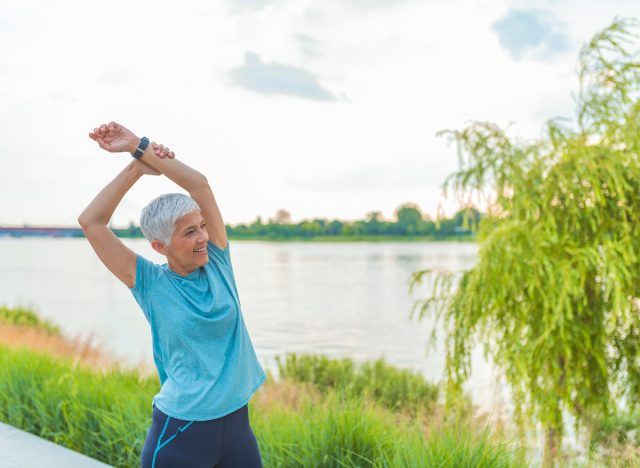
It should come as no surprise that your body will be all-around less flexible if you don’t stretch it out. “Not incorporating regular stretching into your routine can cause muscles to become stiff and less pliable,” Garcia tells us. “To stay flexible, perform regular dynamic and static stretches with all major muscle groups. Focus on stiffness like the hips, hamstrings, and shoulders.”
You’re slouching.

Being mindful of your posture—and strengthening it—plays a key role in flexibility. “Slouching or hunching over can shorten muscles and restrict range of motion over time,” cautions Garcia.
You’re not warming up.

Don’t forget to warm up; it’s a crucial part of your workouts, yet many individuals disregard it. “Skipping warm-ups before exercise can increase your risk of injury and contribute to stiffness,” explains Garcia.
To make the most of any flexibility workout, OrthoInfo emphasizes the importance of warming up before you move into stretching. In addition, make sure your stretches are gradual and gentle. And lastly, stretching out your body shouldn’t be painful. If it hurts, it’s imperative to check in with a certified personal trainer or your healthcare provider.
You’re not strength training.
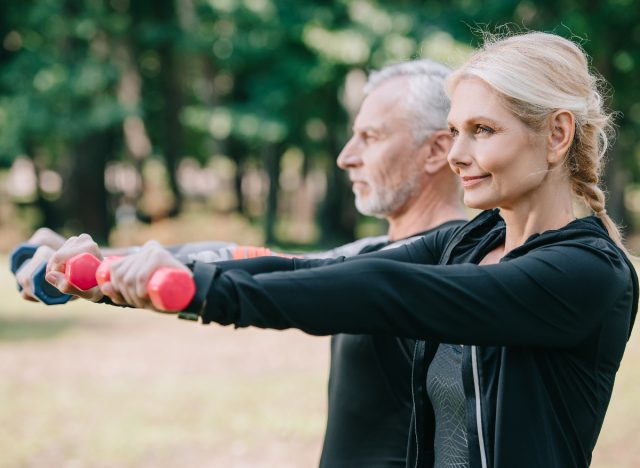
Strength training, aka resistance training, is the name of the game if you want to stay strong and flexible well into older age. In fact, research shows that resistance training can boost your flexibility or range of motion all on its own. The same research reveals that exercise order and the intensity at which you train can impact changes in range of motion when performing resistance training.
You’re not giving your body enough rest and recovery.
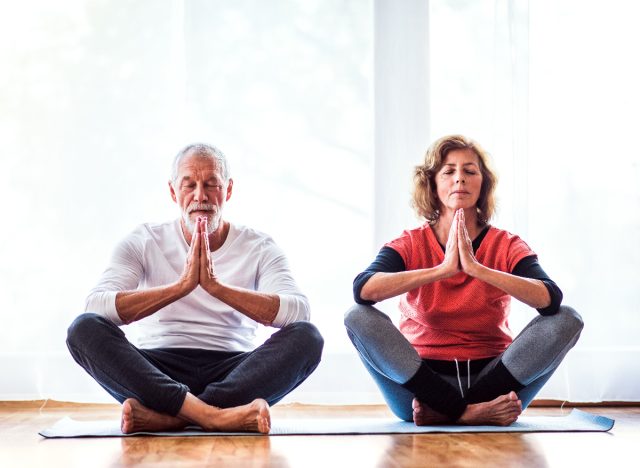
Rest and recovery is another key aspect to your overall progress. Even though it may feel like you’re not being as productive on recovery days, your body requires them to repair itself.
“Improper rest and recovery (i.e. overtraining) can lead to muscle fatigue and reduced flexibility,” Garcia stresses.

